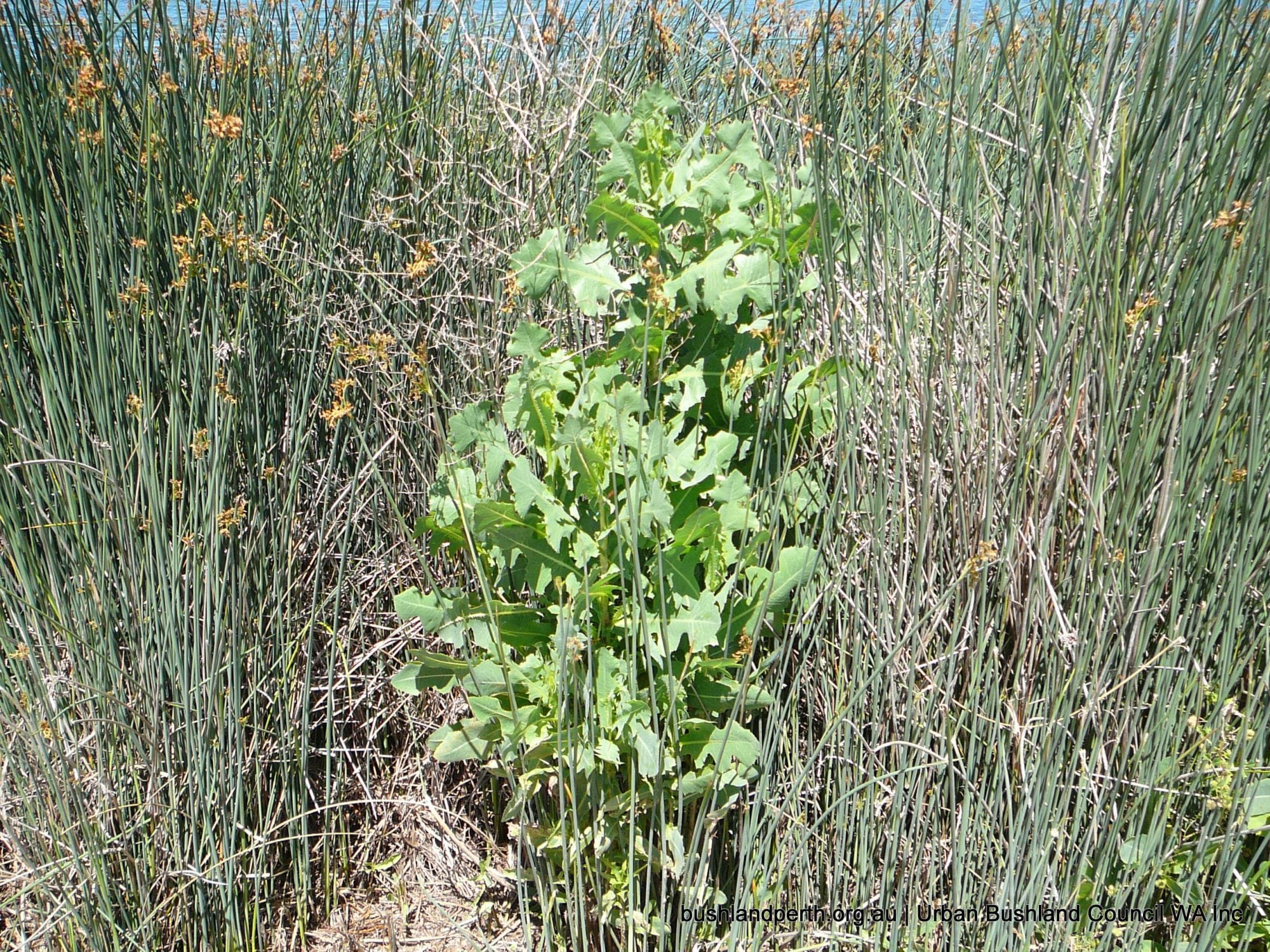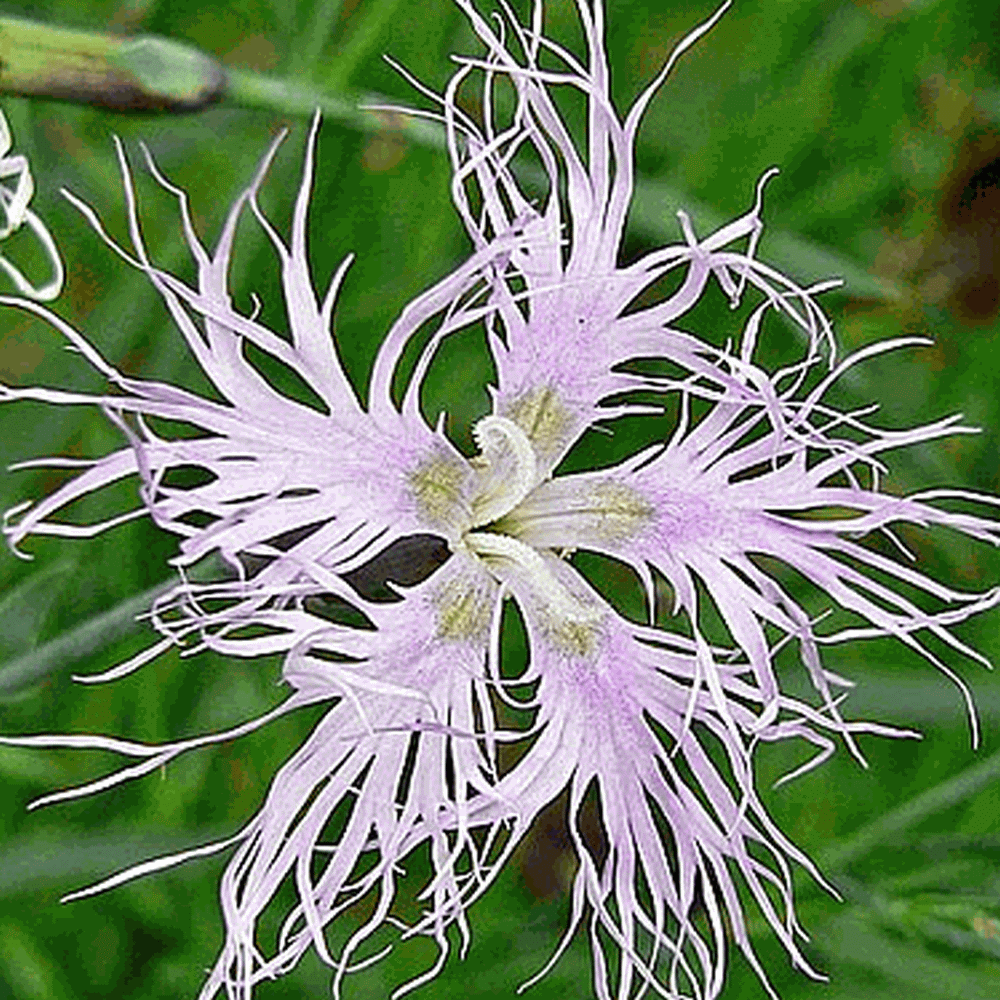

In fact, it might actually cause more digestion problems. It hasn’t been studied well, and there is no proof that it can relieve pain or help digestion. Some of the compounds in wild lettuce might also help lower irritation in the gut.īut there is very little tested information about wild lettuce for humans. Dandelion is often used for this purpose, and some people accidentally pick wild lettuce instead. These compounds are also found in other plants that lower inflammation and may help with pain relief. īitter herbs are sometimes also used to improve digestion.

In mice studies, wild lettuce and its compounds were used as a pain reliever and found to work as well as ibuprofen. There is some research on wild lettuce’s effects in animals. Today, you can buy many different forms of wild lettuce including: Lactucarium and hyoscyamine may be behind some of the sedative effects and pain relief. Sometimes, liquid extracts are used as an enema because of this laxative effect. Lactucarium is a laxative and sedative that lowers gut inflammation and uterine cramping. These benefits could be from some of the compounds in the plant including: It was said to be a great pain reliever. In the 19th century, the plant’s milky juice was dried and used as a weak alternative to opium with fewer side effects. Wild lettuce has been used throughout history for health problems including: Others use wild lettuce as an herbal supplement. Some people see wild lettuce as a pest and kill it with herbicides. This plant self-seeds annually, meaning that it can make and spread seeds on its own. Wild lettuce is sometimes mistaken for dandelion.Ī milky white substance oozes out of the plant when it’s cut and turns brown as it's exposed to air.
Wild lettuce full#
Its yellow flowers turn into white fluffy plumes full of seeds that blow with the wind.

Wild lettuce also has a noxious or unpleasant smell, and it forms wavy leaves with prickly hairs underneath.

It’s sometimes called a bitter herb because of its sharp flavor. Wild lettuce is a cousin to cultivated lettuce, but it grows as a weed. Today, they may come in the form of supplements to improve health or to treat health problems. People have used plants as medicine for a long time. But there isn’t strong proof to back them up. It’s sometimes called prickly lettuce, bitter lettuce, tall lettuce, or opium lettuce, and there are many claims of health benefits. Most similar, and may be found in similar habitats, is Tall Blue Lettuce ( Lactuca biennis), which is further distinguished by its short, stout beak and light brown hairs on the seeds, and leaves with winged stalks that are not clasping and often have hairs on major veins, not just the leaf midrib.Wild lettuce ( Lactuca virosa) is a weed. When seed is present, it is easily distinguished by the long, slender beak on the seeds, which more or less resembles a stalk, at the tip of which is the tuft of white hairs. Wild Lettuce grows in a variety of conditions, from shady, moist woods to dry, gravelly roadsides. In some references, these various shapes are treated as separate varieties but they are not recognized in Minnesota. This is a highly variable species, particularly in leaf shape. At the tip of the beak is a tuft of white hairs to carry it off in the wind. Seed is brown, flattened, oval-elliptic, with a long, slender beak at least half as long as the seed body. Stems are mostly smooth, green to purplish or spotted purple, sometimes with a waxy bloom, and unbranched except in the flower clusters.įlower heads form seed heads about 1-inch in diameter with the bracts spreading out as seed matures. Leaves are mostly stalkless and are often clasping with a pair of small lobes (auricles) at the base. Leaf edges are often wavy and toothless or with a few small teeth. Surfaces are usually hairless except for sparse hairs along the midvein on the underside. The lobes may be broad or narrow the uppermost leaves may be broad or narrow as well. Leaves are quite variable, often deeply lobed towards the base of the plant, up to 12 inches long and to 6 inches wide, gradually becoming smaller, smooth-edged and unlobed at the top. The bracts are variable in size, green often with purple tips, hairless, overlapping, appressed, and form a tube about ½ inch long. Color is typically yellow but may be tinged red or orange. The tiny dandelion-like flowers are ¼ to 1/3 inch across with 15 to 20 rays (petals) with a few teeth at the tip of a ray. Open branching cluster of stalked flowers at the tip of the plant and arising from leaf axils in the upper plant.


 0 kommentar(er)
0 kommentar(er)
